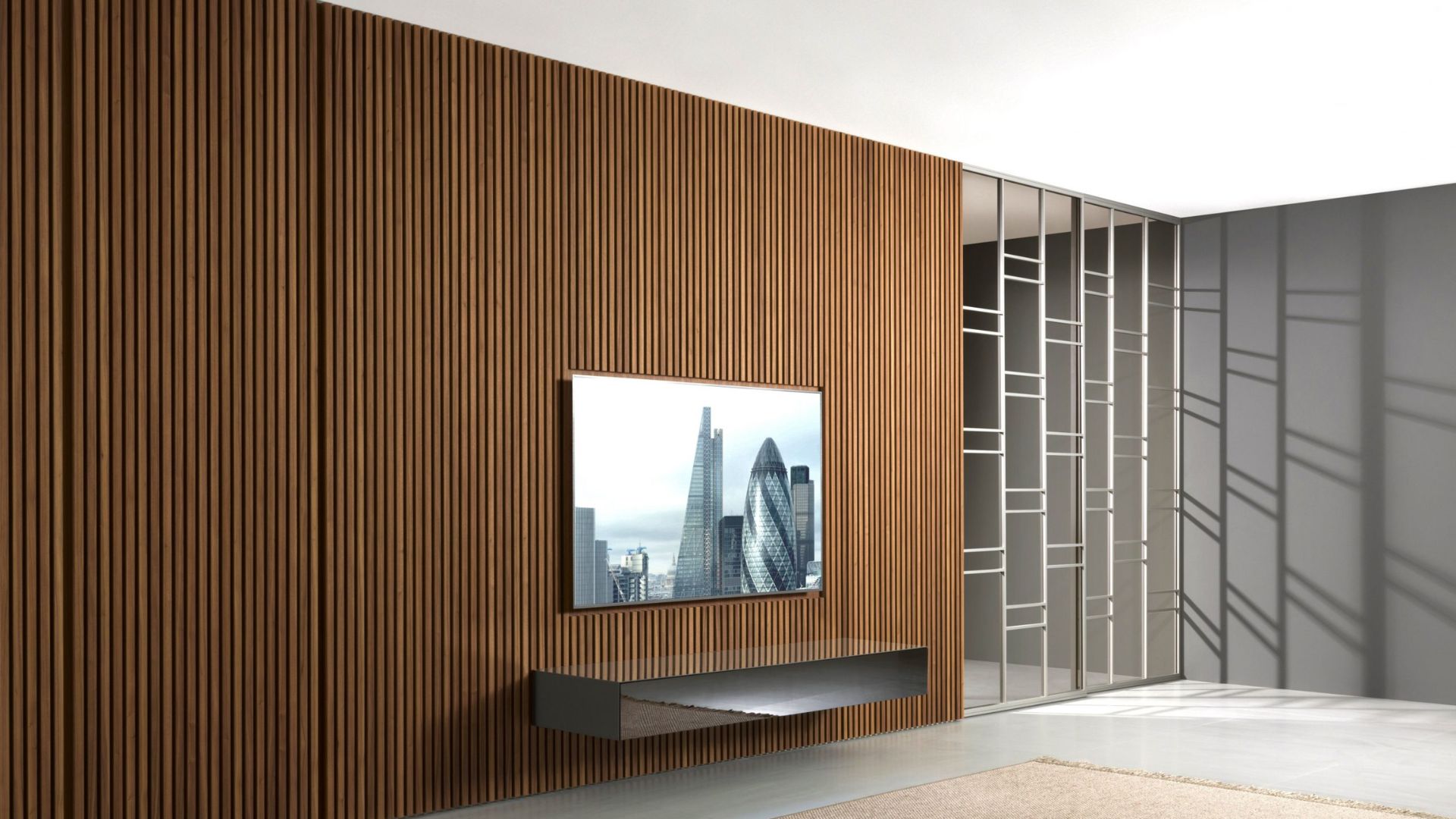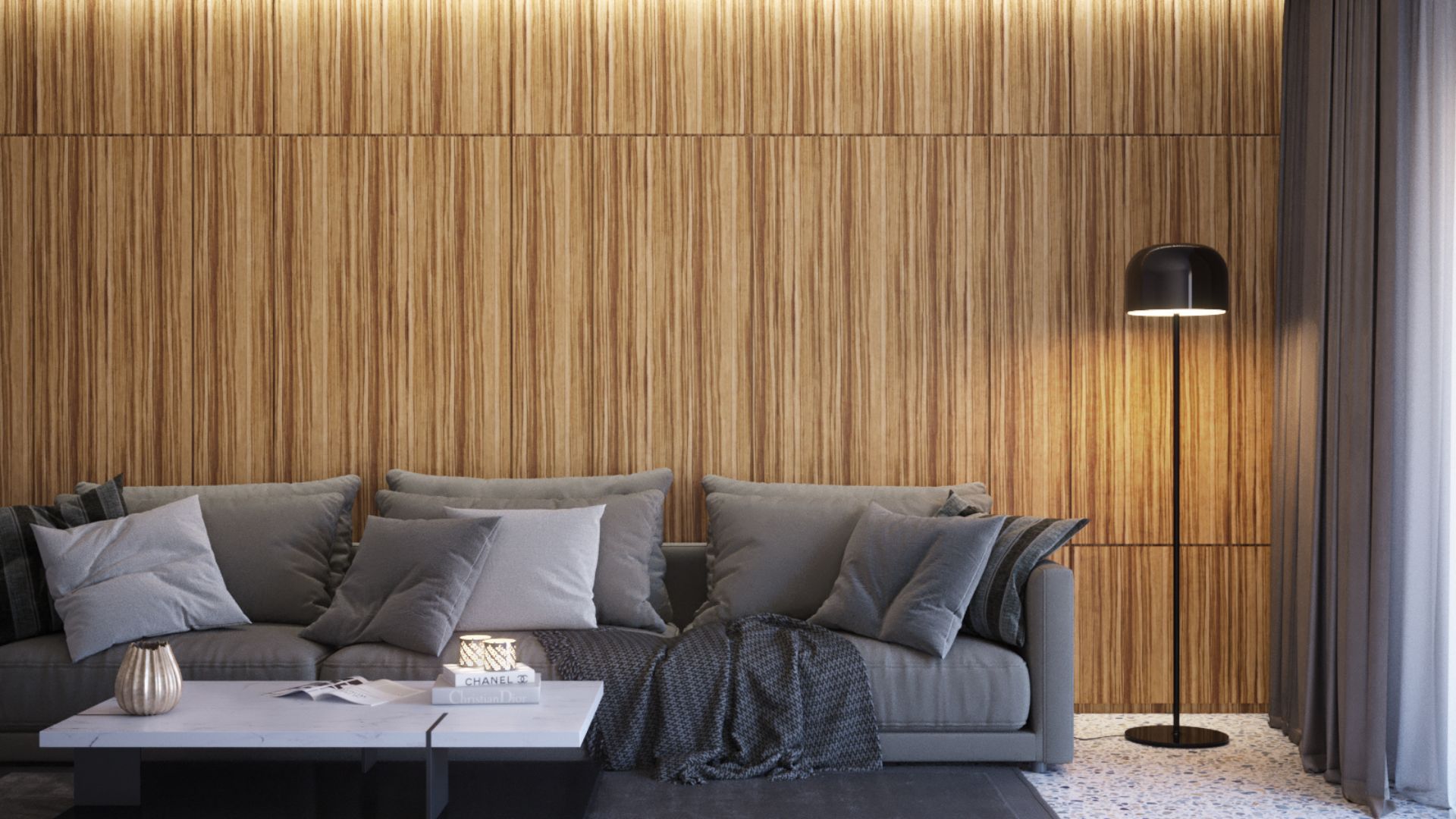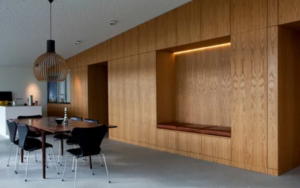
In modern architecture and interior design, creating spaces with excellent sound quality has become increasingly important. One of the most effective and aesthetically pleasing solutions is the use of wooden acoustical panels. These panels are intended to not only improve the visual appeal of a place, but also dramatically improve its acoustic performance. But how exactly do wooden acoustical panels improve sound quality? This blog delves into the science behind these panels and their numerous benefits.
Introduction
Wooden Acoustic Panels are engineered wood products that are used to control sound in various environments. They are crafted from different types of wood, such as oak, pine, or walnut, and are designed to absorb and diffuse sound waves, thus reducing noise pollution and enhancing the clarity of sound within a room. These panels can be found in various settings, including recording studios, concert halls, offices, restaurants, and even residential spaces. Their popularity is not only due to their functionality but also their ability to blend seamlessly with diverse interior styles.
The Science Behind Sound Absorption
Sound waves travel through the air and, when they encounter a hard surface, they are reflected back into the room, causing echoes and reverberations. Wooden acoustical panels work by absorbing these sound waves, thereby reducing their reflection and minimizing unwanted noise. The structure of these panels typically includes a perforated or slatted surface backed by an acoustic material like foam or mineral wool. When sound waves hit the panel, they pass through the perforations or slats and are absorbed by the material behind, converting the sound energy into a small amount of heat. This process effectively diminishes the intensity of the sound waves, leading to a quieter and more acoustically balanced environment.

Types of Wooden acoustical panels
Perforated Panels: These panels have small holes or perforations that allow sound waves to pass through and be absorbed by the backing material. They are particularly effective in reducing mid to high-frequency sounds and are often used in large spaces like auditoriums and theaters.
Slatted Panels: Slatted wooden panels feature narrow, evenly spaced slots that help in diffusing sound waves. They are excellent for managing both low and high-frequency sounds, making them versatile for various applications. Their design also adds a distinctive aesthetic appeal to any space.
Fabric-Wrapped Panels: While not entirely made of wood, these panels combine wooden frames with fabric-covered surfaces. They offer superior sound absorption and are commonly used in environments where high sound quality is critical, such as recording studios and home theaters.
Benefits of Using Wooden acoustical panels
Improved Sound Quality: The primary benefit of wooden acoustical panels is their ability to enhance sound quality by reducing echo and reverberation. This results in clearer speech and music, making it easier to understand conversations and enjoy performances.
Aesthetic Appeal: Wooden panels add a touch of elegance and warmth to any space. They come in various finishes and styles, allowing for customization to match the existing décor. The natural beauty of wood complements both modern and traditional interiors.
Versatility: Wooden acoustical panels are suitable for a wide range of environments. Whether it’s a noisy office, a bustling restaurant, or a quiet home library, these panels can be tailored to meet specific acoustic needs.
Durability: Wood is a tough material that can withstand wear and strain over time. Properly maintained wooden panels can last for many years, providing a long-term solution for acoustic management.
Eco-Friendly: Many wooden acoustical panels are made from sustainably sourced wood and eco-friendly materials. This makes them a responsible choice for people who want to limit their environmental impact.

Conclusion
Wooden acoustical panels are a highly effective solution for improving sound quality in various settings. By absorbing and diffusing sound waves, they reduce noise pollution and enhance the acoustic experience. Aside from their functional benefits, these panels have aesthetic appeal and may be tailored to fit any home design. Whether for professional use in studios and theaters or personal use in homes and offices, wooden acoustical panels offer a blend of performance, beauty, and sustainability that is hard to match. Investing in these panels is a step towards creating a more harmonious and enjoyable auditory environment.



